Next week will see Orkney councillors consider options for the reconstruction of the road on one of the Churchill Barriers.
Concerns over the road surface running along the top of the first Churchill Barrier have been circulating for years.
It is suspected that subsidence has caused warping of the road.
On Tuesday next week, members of the Development and Infrastructure Committee will view a report which sets out six possible options for reconstructing the road
Most of these options include replacing the existing asphalt. But each option adds further steps at increasing cost.
The options are:
- Replace the asphalt.
- Replace the asphalt and include a reinforcing grid
- As above and also replace the existing sub-base material.
- As above but also replace old tar-bound material.
- Replace the asphalt including an asphalt reinforcing grid and replace the existing sub-base and old tar-bound material with a new sub-base being wrapped in geotextile
There’s also a sixth option, which is to do the minimum. This includes only treating the worst of the cracking and failed patches or potholes in the road.
The potential costs of fixing the first Churchill Barrier’s road
The report from officers recommends two of the above options be looked into.
These are the third and fourth options. The key difference between the two is the replacement of the old tar-bound material.
However, the report notes that this replacement is “difficult to justify”.
The projected costs for these options are £1.275 million and £2.285million, respectively.
It’s thought option three would put the barrier in a better state for 20 years at half the cost of option four.
The risk with that option is that the area of worst condition, where investigators found “excessive voiding”, might need more maintenance during those 20 years.
Still a long way to go before progress is seen?
The fact that the council is finally considering these options will come as a relief to many.
However, the plans are still at an early stage. On Tuesday, councillors won’t decide which option should be undertaken.
Rather, they will decide which options should be looked at in more detail before a final choice is made by the Policy and Resources Committee.
These next steps in themselves will incur further costs.
Why does this work need to be done in the first place?
For years, concerns over the condition of the road on the first barrier – which links the Orkney Mainland to Lambs Holm – have been raised by the public.
In particular, those living on the isles linked to the Orkney mainland by the four barriers have stressed the problems being seen on the road.
As the council report puts it, “defects in the form of longitudinal cracking and surface undulations” have been appearing.
Since 2017, investigations have been undertaken by the local authority to identify the problem and see what could be done.
In 2019, a penetrating radar survey showed shadows thought to be voids deep within the barrier. However, this was deemed inconclusive unless further investigation was done.
Also in 2019, an advisory 40mph speed limit was introduced at the first barrier in an effort to keep motorists safe, particularly motorcyclists.
In August last year, engineering consultant Mott MacDonald was appointed to provide support and advice to the council.
They reviewed all the existing data and dug “trial pits” at the barrier. They concluded that there are indeed defects caused by the construction and movement of the barrier.
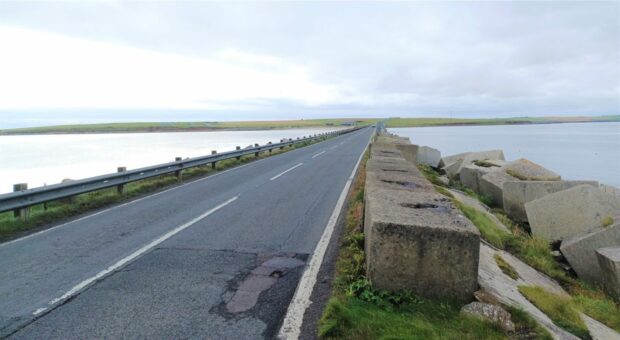
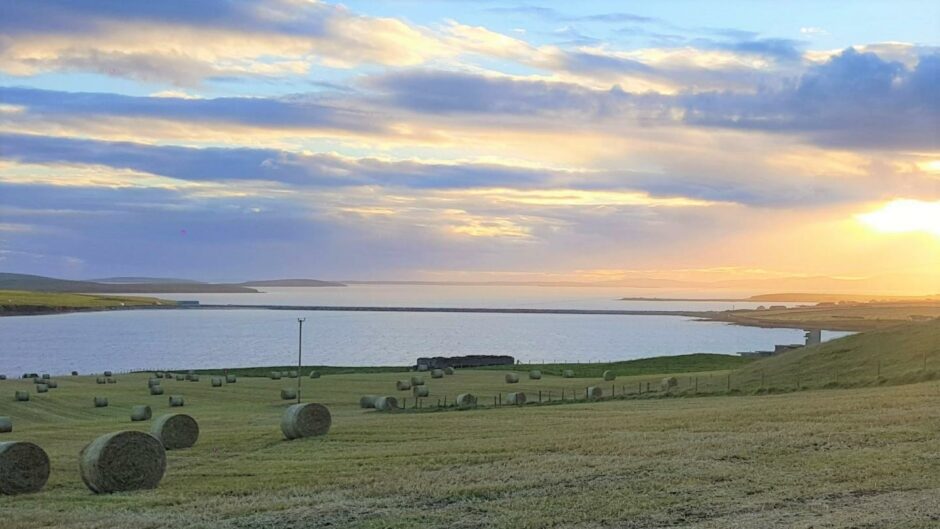

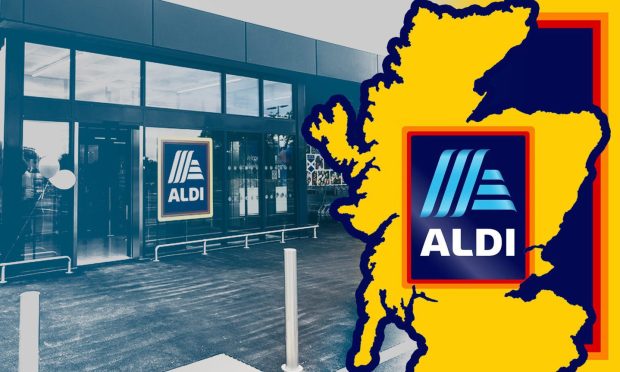
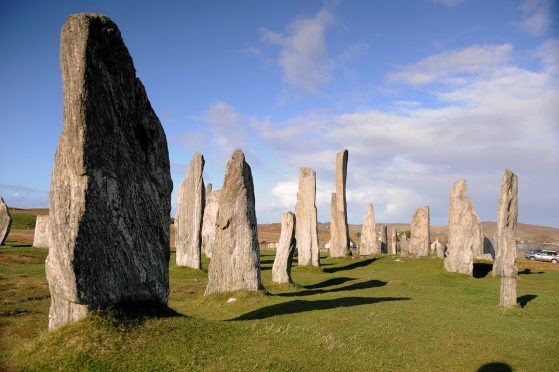
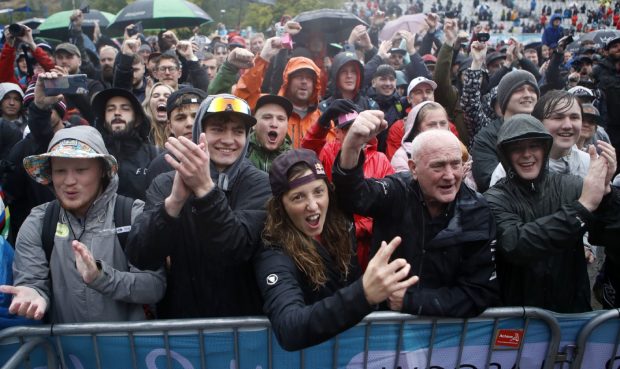
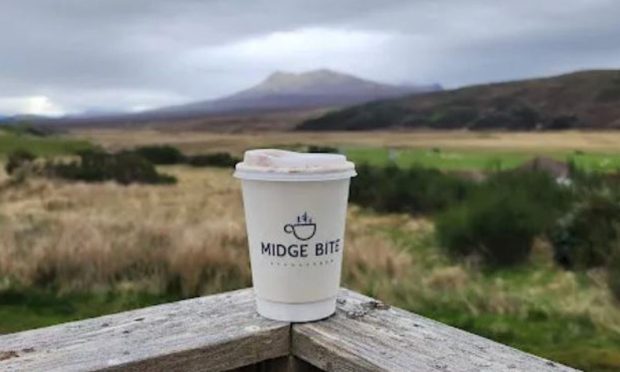
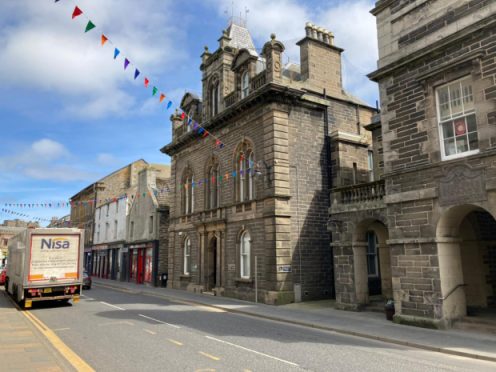
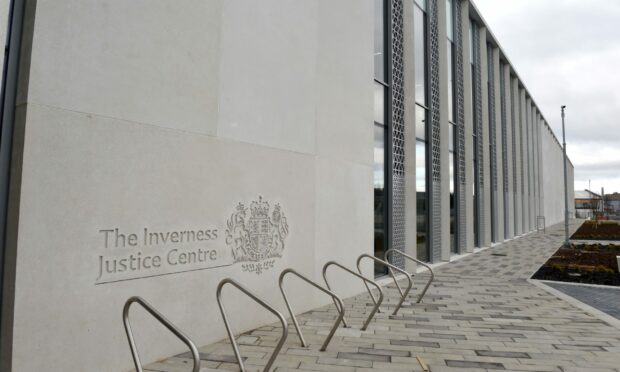
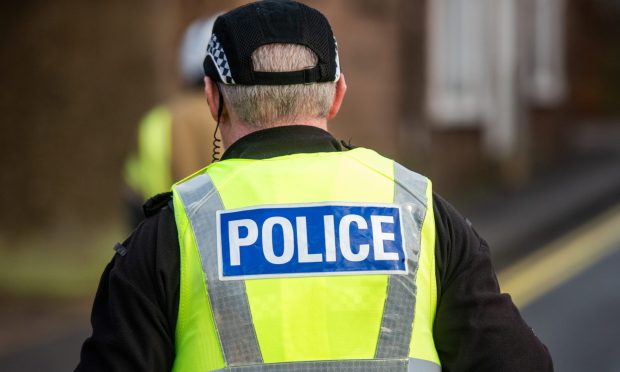

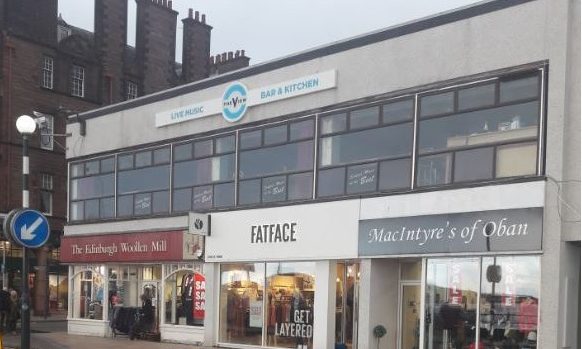
Conversation